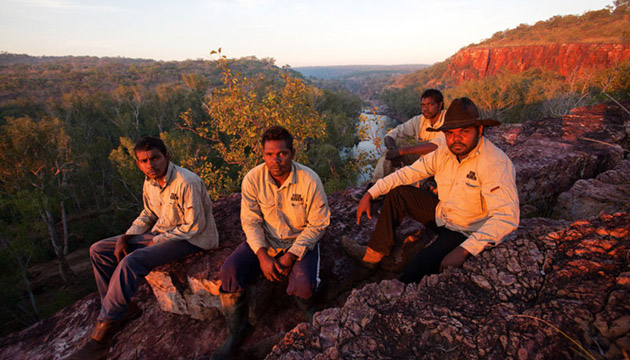‘Fish River’ in the Top End has been generating an income through the Carbon Farming Initiative by burning country early in the dry.
Story By David Hancock
At ‘Fish River’, south-west of Darwin, early burning is not only good land management, but also a way to create income under the Federal Government’s Carbon Farming Initiative. Early dry-season burning produces about half the greenhouse-gas emissions per hectare of late dry-season burning because the fires are less intense and burn more patchily. As a result, approved landholders can generate carbon credits that large companies buy to offset their own emissions. In 2011 and 2012, Fish River generated 25,800 carbon credits that were recently sold on the open carbon market to Caltex for more than $500,000.
Late season wildfires are more likely to destroy animals, crops, property and fragile habitats such as monsoonal rainforests. Early dry-season burning, however, can be used to create firebreaks that reduce the likelihood of late-season fires spreading uncontrollably, thereby reducing the total area burnt and minimising emissions. On Fish River the early dry-season burning program has reduced the annual average area burnt from approximately 75 percent of the property to less than 40%.
By mid-September 2013, 35% of the property had been prescriptively burnt early in the season and Fish River staff had successfully fought and excluded two late dry-season wildfires that threatened to burn across from the neighbouring land trust. Although the final results won’t be known until early 2014, the property is expected to produce a similar amount of carbon credits as it did in 2011 and 2012.
This story excerpt is from Issue #92
Outback Magazine: Dec/Jan 2014










